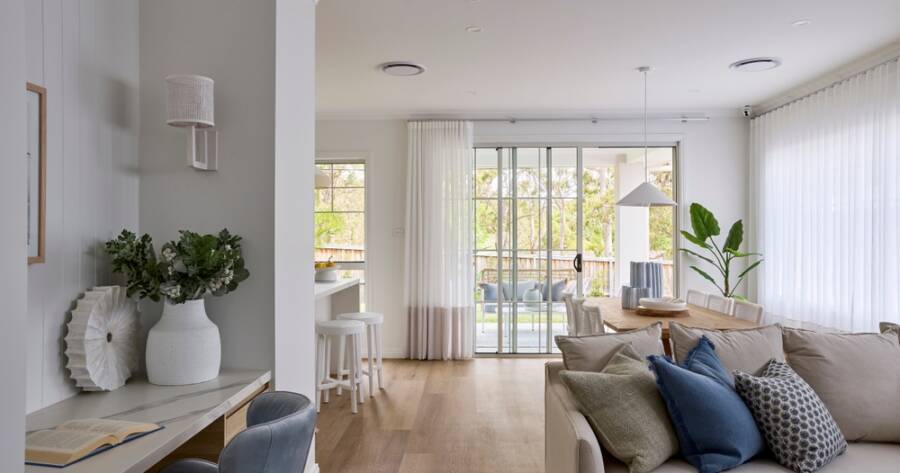In a world filled with constant noise, information overload, and daily stressors, the home has become more than just a place to live, it is a sanctuary for rest and renewal. One of the most powerful ways to transform your space into a soothing retreat is through the thoughtful use of color and texture, especially with paint and textiles. By choosing the right shades and layering soft, tactile materials, you can cultivate a sense of serenity in every room.
The Psychology of Color
Color plays a significant role in shaping how we feel in a space. Certain hues have been shown to reduce anxiety, promote restfulness, and create a more inviting atmosphere. When aiming for calm, consider these color families:
- Soft blues and greens: Reminiscent of the sea and sky, these hues evoke a sense of openness and calm. Ideal for bedrooms and bathrooms, they help slow the heart rate and reduce stress.
- Earthy neutrals: Warm beiges, sandy taupes, and soft greys provide a grounding effect, bringing the soothing qualities of nature indoors. These shades work well in living rooms, kitchens, and offices.
- Muted pastels: Light pinks, lavenders, and peach tones can create a gentle and nurturing ambiance without overwhelming the senses.
Avoid overly bright or saturated colors when designing for calm. While vibrant hues can be uplifting, they may also overstimulate the senses and counteract your goal of relaxation.
Painting with Purpose
When choosing wall paint, opt for matte or eggshell finishes, which diffuse light and reduce glare, both of which help soften a room’s overall energy. Create flow between rooms by sticking to a cohesive color palette, or use subtle color transitions for visual interest without disrupting the tranquil vibe.
Consider painting an accent wall behind a bed or sofa in a calming shade to create a visual anchor for the space. For an even more serene effect, explore tonal layering, using varying shades of the same color across different surfaces and décor.
The Power of Textiles
While color sets the tone, textiles add the comfort and warmth that complete a relaxing atmosphere. Think cozy throws, plush rugs, layered curtains, and cushioned seating. These soft materials not only absorb sound to reduce noise levels but also add depth and coziness.
Choose natural fabrics like cotton, linen, or wool for a breathable, tactile feel. In bedrooms, layering soft sheets, a weighted blanket, and textured cushions can enhance restfulness. In living areas, woven throws, floor cushions, and fabric-covered ottomans invite you to slow down and unwind.
Don’t overlook window treatments: light, airy curtains in calming colors can filter sunlight beautifully while adding softness to the room’s perimeter.
Texture Meets Tone
Calm isn’t just about visual color, it’s also about how things feel. Combining soothing hues with touchable textures creates a multisensory space that encourages relaxation. A neutral-toned boucle pillow, a mossy green velvet armchair, or a pale blue chunky-knit throw all speak to comfort and tranquility.
Mix textures thoughtfully. Pair smooth surfaces like painted walls or hardwood floors with softer elements such as plush rugs, tactile cushions, or fabric lampshades to balance visual and physical warmth.
Bringing It All Together
Creating a calm home atmosphere starts with intention. Through the mindful use of relaxing colors and comfortable textiles, you can design a space that supports your well-being every day. Start with one room, build a palette that soothes you, and layer in textiles that bring comfort and character.
In a chaotic world, your home can be your refuge. With a few thoughtful choices in paint and fabric, you can surround yourself with peace, softness, and beauty no matter what life throws your way.

